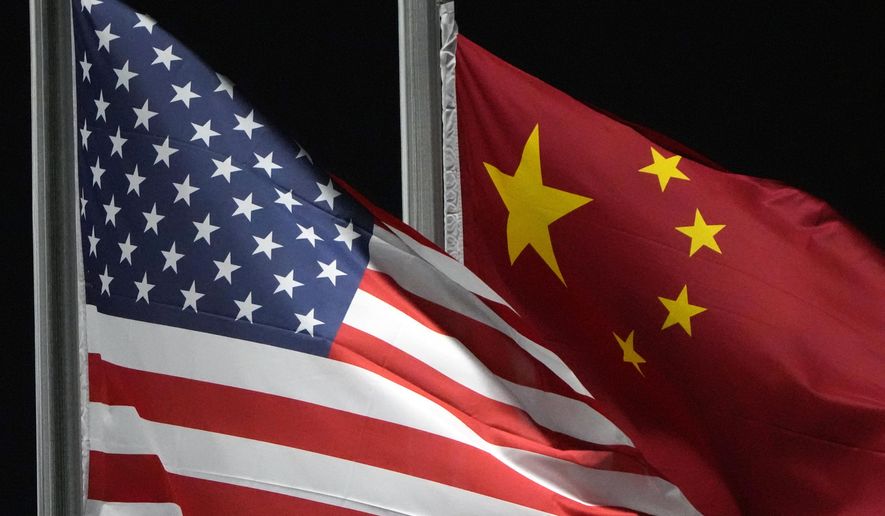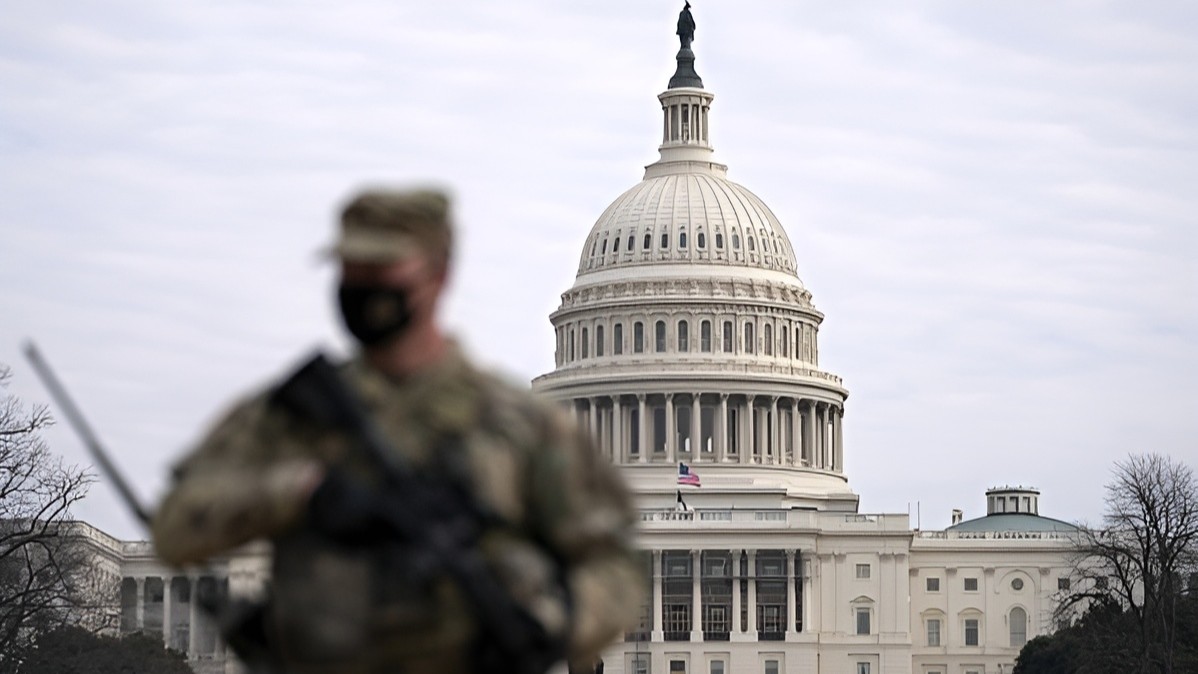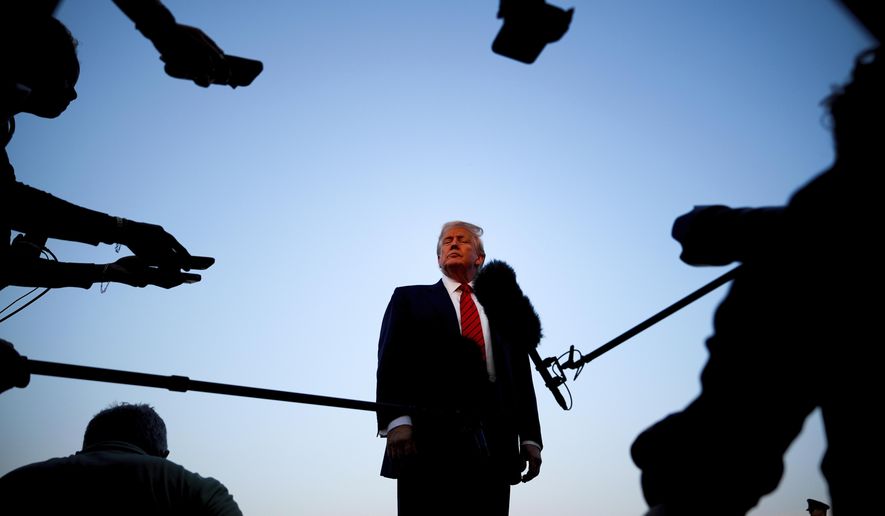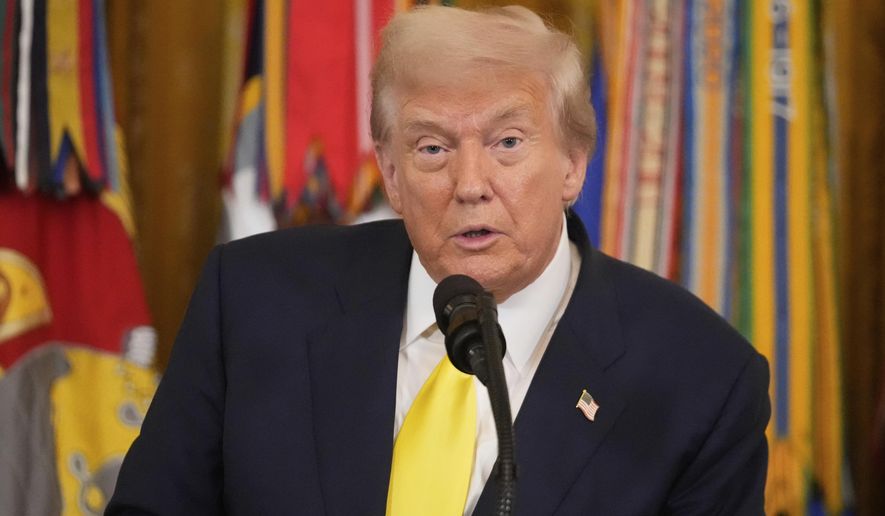
Gary Anderson | June 27, 2025
(RealClearWire) — If China invades Taiwan, what will the U.S. do? Frankly, no-one knows due to the longstanding U.S. policy of strategic ambiguity. It has been successful because of the great military disparity between Washington and Beijing. However, the Chinese military build-up beginning with Hu Jintao accelerated under the era of Xi Jingping. Xi has made clear that the option to claim Taiwan through the use of military force is now a viable option.
Does Xi Jinping’s aggressive stance toward Taiwan force the U.S. to take a stance and remove ambiguity? My recommendation is a qualified yes.
First, China has long regarded Taiwan a “core national interest,” along with Xinjiang Province, Hong Kong, Tibet, and the South China Sea. China has used coercive diplomacy to force nations to recognize Taiwan as part of China and have lost patience with the “one China” policy that has allowed Taiwan relative autonomy. Xi Jinping is ready to take Taiwan by force as has been noted by U.S. Indo-Pacific Command’s ADM Paparo.
It is predicted that as early as 2027 China will take Taiwan by force if all other options have not ceded control of the Republic of China to the People’s Republic of China.
If we are to assure the defense of Taiwan, how do we successfully deter China from attempting to take Taiwan by force?
U.S. Military and Naval observers believe that China will plan an amphibious assault on Taiwan under the umbrella of anti-access/area denial of the Taiwan Strait, along with the East and South China Seas.
The Chinese would likely attempt to keep the conflict limited to the South China Sea. Effective deterrence would make it clear to them that such a war would be an exercise of all elements of national power to assuage China from contemplating an assault on Taiwan.
If we are to prevail in such a conflict, we must threaten China’s fragile economy and the use of force in all domains. We must deny China access to vital SLOCs (shipping lines of communication).
The means of completing this task will require a comprehensive joint force effort covering all domains form subsurface to space, reminiscent of Operation Desert Storm that shocked China’s military planners, but much has changed the in last 43 years. China must be convinced that the U.S. is a threat in all domains, including autonomous systems.
What won’t deter China? The ridiculous notion of hiding small units of marines on islets and shoals in the first island chain armed with subsonic anti-ship missiles as part of the Marine Corps Force Design concept. Force Design divested many of the assets necessary to have created a credible deterrent to China against Taiwan and expansion beyond the first island chain, not to mention no formal agreements to inhabit small islands and features in the first island chain.
Support from allies in the region is not certain, but even with support from Japan, Australia and others, there are limits to force size and capabilities for large scale combat operations. Deterrence will be primarily a U.S. effort.
Leading the force to deter China would include U.S. attack submarines, hypersonic anti-ship missiles, and persistent overhead reconnaissance.
Furthering the deterrence effort would be anti-access/area denial to vital Chinese shipping lanes an ports. Utilizing the persistent reconnaissance and autonomous systems, the U.S. military can track Chinese commercial and naval ships into pre-designated kill zones.
There are some admitted challenges with this concept. It would likely take every attack submarine currently in the U.S. inventory to enforce an exclusion zone leaving none to patrol other potential global hot spots.
Until the U.S. Navy gets shipbuilding where President Trump envisions the defense industrial base, the U.S. will need to accept substantial risk by applying nearly all military assets should hostilities break out, which is why deterrence is such an imperative.
Further complicating the U.S. military efforts in the event of hostilities will be the seemingly impossible task of reinforcing Taiwanese ground forces. This could be done, however, by prepositioning U.S. Army gear for at least a brigade on Taiwan augmented by at least one U.S. Marine Corps maritime prepositioned Marine Expeditionary Force equipment ship already at port in Taiwan.
A second problem with this proposed approach involves the fact that we have no way of rapidly reinforcing the ground defense of Taiwan. If we adopt a policy of defending Taiwan against an unprovoked attack, we should show intent to reinforce. This could be done by placing an Army set of brigade prepositioned gear on Taiwan and a Marine Corps Maritime Prepositioned Marine Expeditionary Force equipment set in a Taiwanese port.
The fly in the ointment here is that the Marine Corps prepositioned sets no longer include the tanks, heavy engineering equipment and adequate artillery to conduct the kind of combined arms combat needed to defend Taiwan due to the execution of Force Design. The near-term fix would be to have the Army augment the marine Maritime Prepositioned Squadron (MPS) with the gapped equipment. The long-term solution would be to have the National Command Authority direct the current Marine Corps leadership to provide the nation with the balanced combined air-ground arms teams required by law. This would flesh out the USMC portion of the MPS.
A decision to unambiguously declare that we will defend Taiwan from an unprovoked attack would obviously be a massive political-military shift from the current strategic ambiguity for the defense of Taiwan. However, credibly deterring China from attacking Taiwan would achieve Mr. Trump’s policy of reversing the one-sided globalist approach of previous administrations that have accelerated China’s not so peaceful rise and growing threat. Peace through strength is only a catchphrase unless you show you intend to back it up.
Gary Anderson lectures on Red Teaming and Alternative Analysis at the George Washington University. He has played the Chinese side in a number of political/military war games.
This article was originally published by RealClearDefense and made available to WMAL via RealClearWire.




















